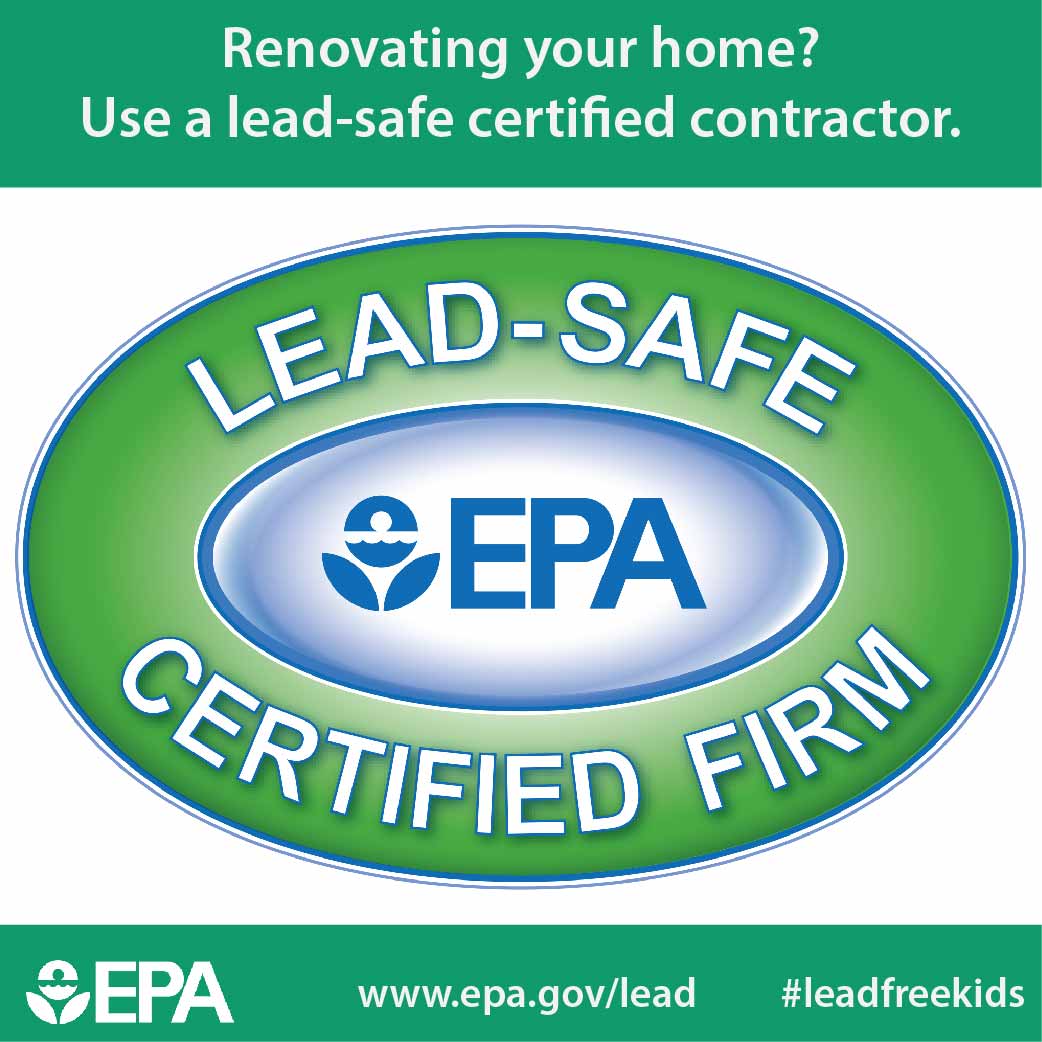Explore The Function Of Seasonal Consider The Success Of Commercial Outside Painting And Reveal The Most Effective Times To Safeguard Long Lasting Outcomes For Your Task
Explore The Function Of Seasonal Consider The Success Of Commercial Outside Painting And Reveal The Most Effective Times To Safeguard Long Lasting Outcomes For Your Task
Blog Article
Content Written By-Leach Rosendal
When you're planning an industrial exterior paint project, seasonal aspects can make or break your results. You'll intend to think about exactly how temperature level and moisture effect paint application and drying out times. Picking the ideal season can ensure your paint adheres appropriately and lasts much longer. Yet which periods are truly the most effective for this type of work? Allow's explore the key elements that can influence your task's success.
The Impact of Temperature Level on Paint Application
When you're planning a commercial external painting job, the temperature can significantly impact how well the paint adheres and dries out.
Ideally, you wish to repaint when temperature levels vary in between 50 ° F and 85 ° F. If it's also cool, the paint might not cure effectively, leading to issues like peeling off or splitting.
On the flip side, if it's as well warm, the paint can dry out too quickly, avoiding correct bond and resulting in an irregular finish.
take a look at the site here should also think about the time of day; morning or late afternoon provides cooler temperatures, which can be a lot more desirable.
Always inspect exterior house painting twin cities for the specific paint you're making use of, as they typically supply assistance on the ideal temperature level array for ideal results.
Humidity and Its Result on Drying Times
Temperature isn't the only ecological element that influences your industrial exterior paint job; humidity plays a substantial duty also. High moisture degrees can reduce drying times substantially, affecting the general top quality of your paint job.
When the air is saturated with wetness, the paint takes longer to treat, which can result in concerns like inadequate bond and a greater danger of mold development. If you're painting on a particularly humid day, be prepared for prolonged delay times in between coats.
It's vital to monitor neighborhood climate condition and plan as necessary. Preferably, go for humidity degrees between 40% and 70% for optimum drying.
Keeping these consider mind ensures your job stays on track and provides a lasting coating.
Best Seasons for Commercial Exterior Paint Projects
What's the best time of year for your business external painting jobs?
Spring and very early loss are commonly your best options. During these seasons, temperatures are mild, and humidity levels are often reduced, producing optimal conditions for paint application and drying.
Prevent summer's intense heat, which can trigger paint to completely dry also promptly, leading to bad adhesion and coating. Likewise, wintertime's cold temperatures can hinder appropriate drying out and healing, risking the longevity of your paint work.
Go for days with temperature levels between 50 ° F and 85 ° F for ideal outcomes. Remember to check the local weather report for rainfall, as wet conditions can wreck your task.
Preparation around these aspects ensures your painting job runs efficiently and lasts much longer.
Conclusion
To conclude, preparing your business exterior painting jobs around seasonal considerations can make a significant difference in the result. By scheduling job during the suitable temperature levels and moisture levels, you'll ensure far better bond and drying times. Keep in mind to watch on neighborhood weather report and select the correct time of year-- spring and early fall are your best bets. Taking these steps will help you achieve a long lasting and professional coating that lasts.
